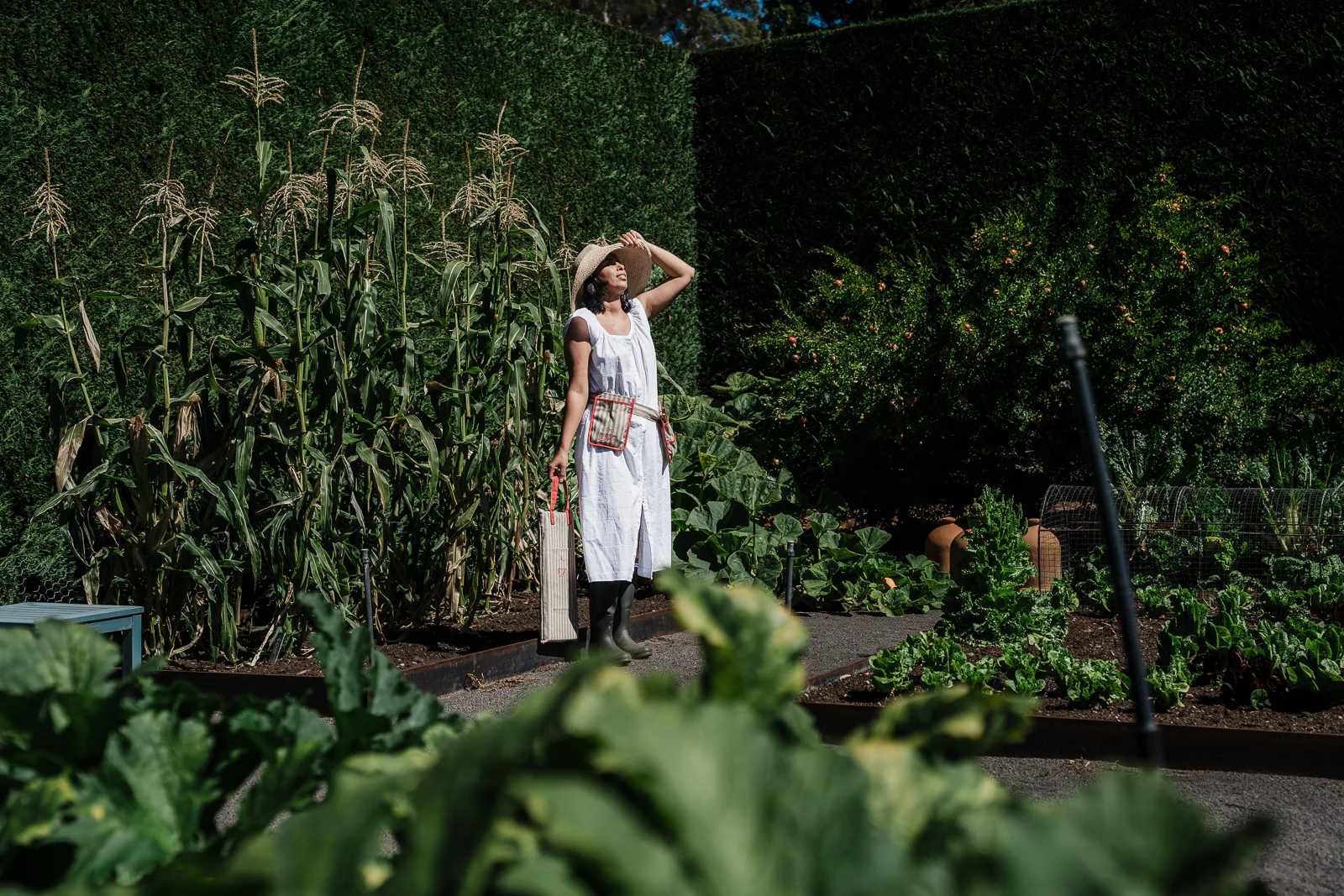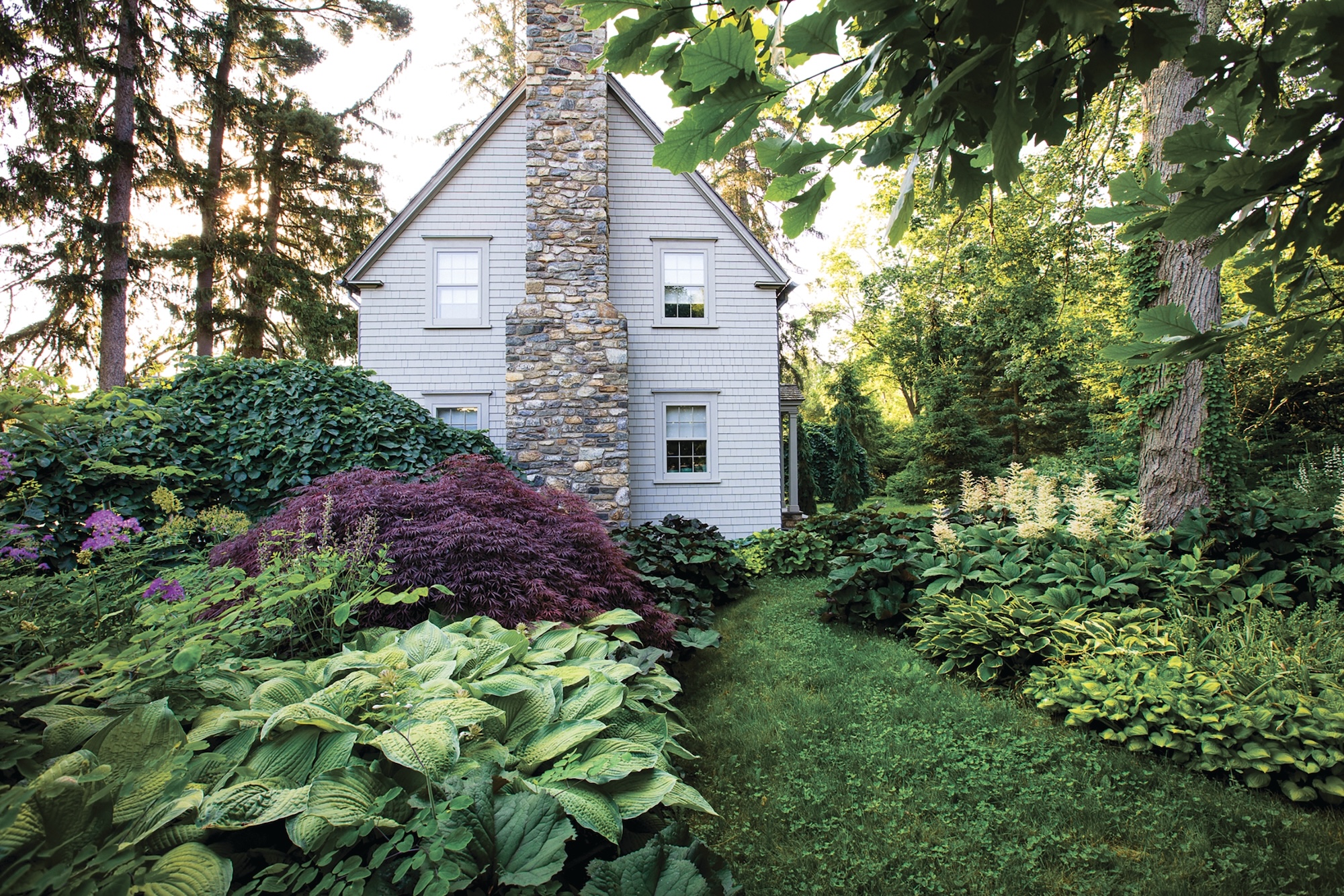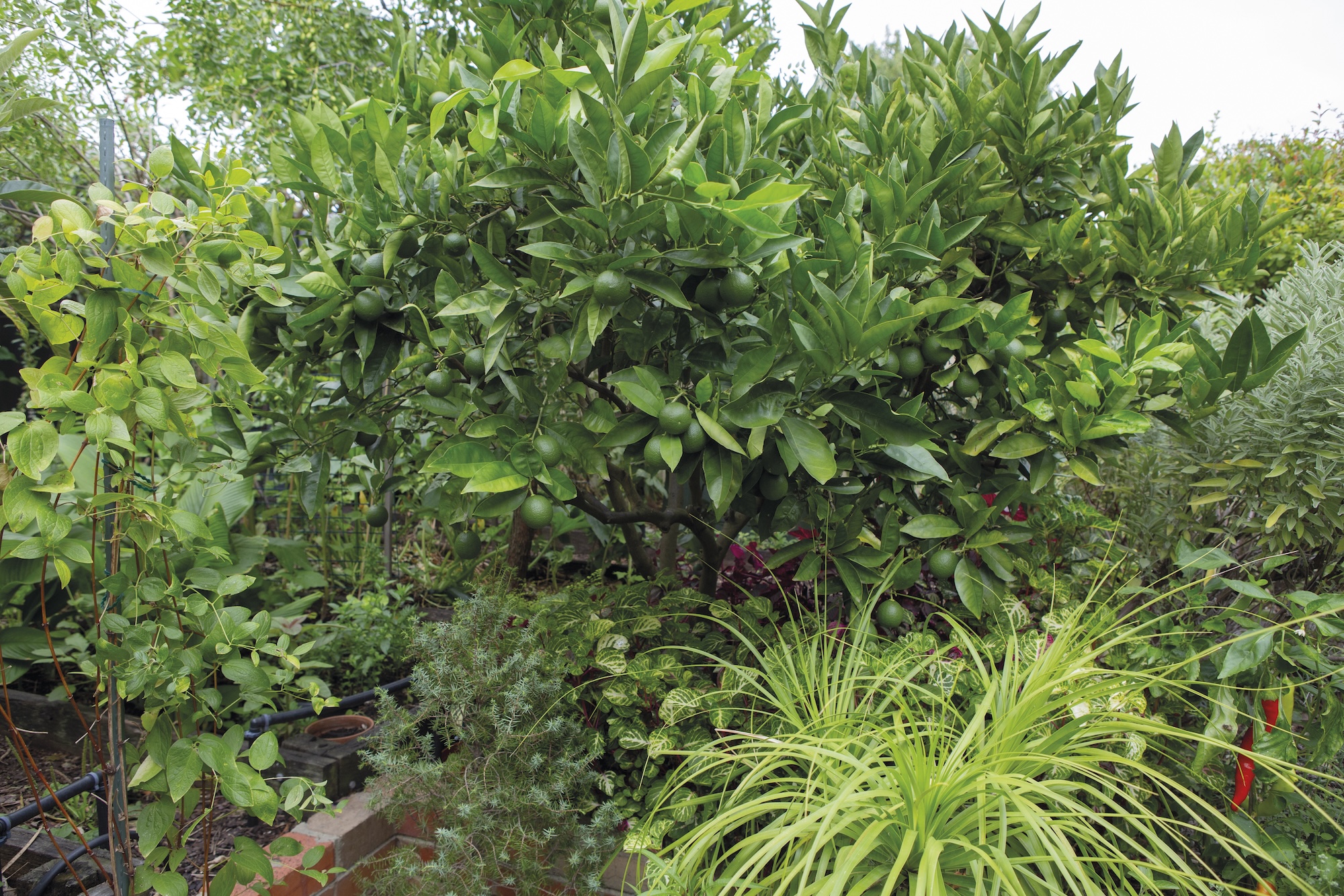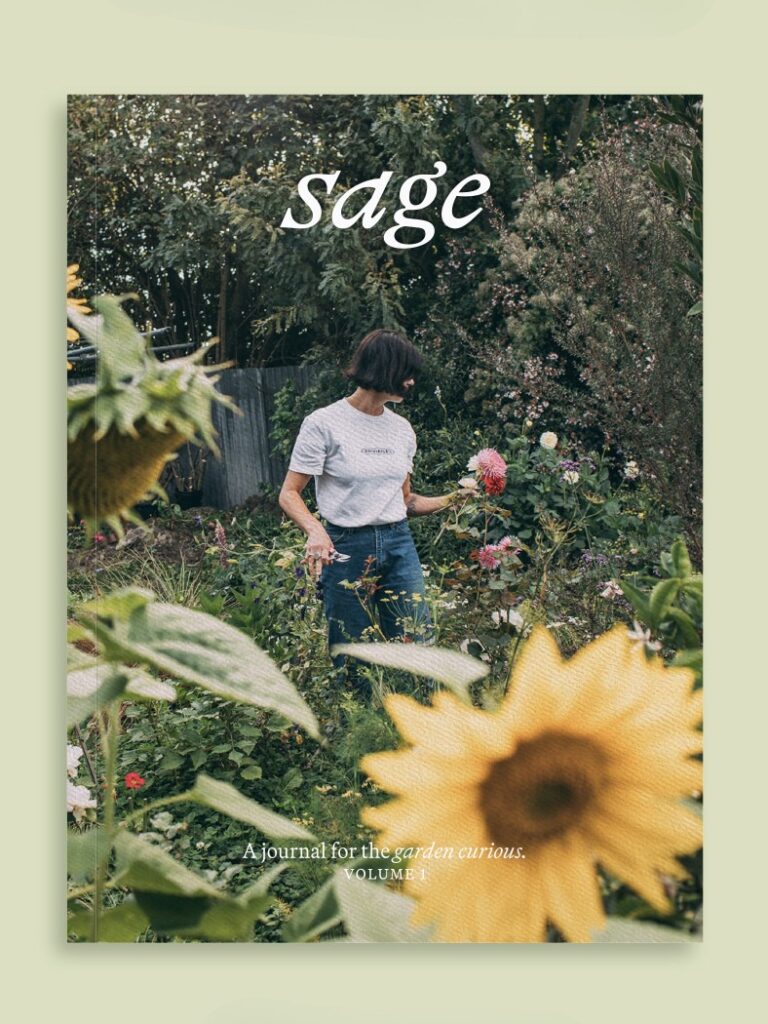— Words from Your Asian Veggie Patch by Connie Cao
In Connie Cao’s book, Your Asian Veggie Patch, as well as learning lots about Asian veggies, you’ll also discover more about permaculture. This holistic approach guides Connie’s gardening style, as it’s a more sustainable, resilient and regenerative way of living. In permaculture, we look to Mother Nature as our greatest teacher, seeking to tread a path gently alongside her, while striving to have our needs for food, energy and resources met. When it comes to gardens, it’s about designing them in a way that allows humans and natural ecosystems to coexist and thrive in harmony.
—
Words by Connie Cao
A portmanteau of ‘permanent’ and ‘culture’, permaculture was developed in Australia in the 1970s by Bill Mollison and David Holmgren. Permaculture encourages us to see that if we want to remain permanently on this planet for centuries to come, then we must cultivate cultural attitudes that will allow this to happen. To me, permaculture design just makes sense. Humans are lucky to be the stewards of this diverse and life-sustaining planet, so we must look after it – because we are nothing without the natural ecosystems that support us: the air we breathe, the plants we eat and the resources we consume. We simply cannot take these things for granted. It is up to us to actively choose to protect what we have. There are three overarching ethics and twelve guiding principles in permaculture. In the following pages, I’ve included a brief introduction to these ideas and how they apply to the way we garden. As you read through this book, you’ll find gardening tips inspired by these ethics and principles. I hope they encourage you to adopt permaculture practices in your garden.
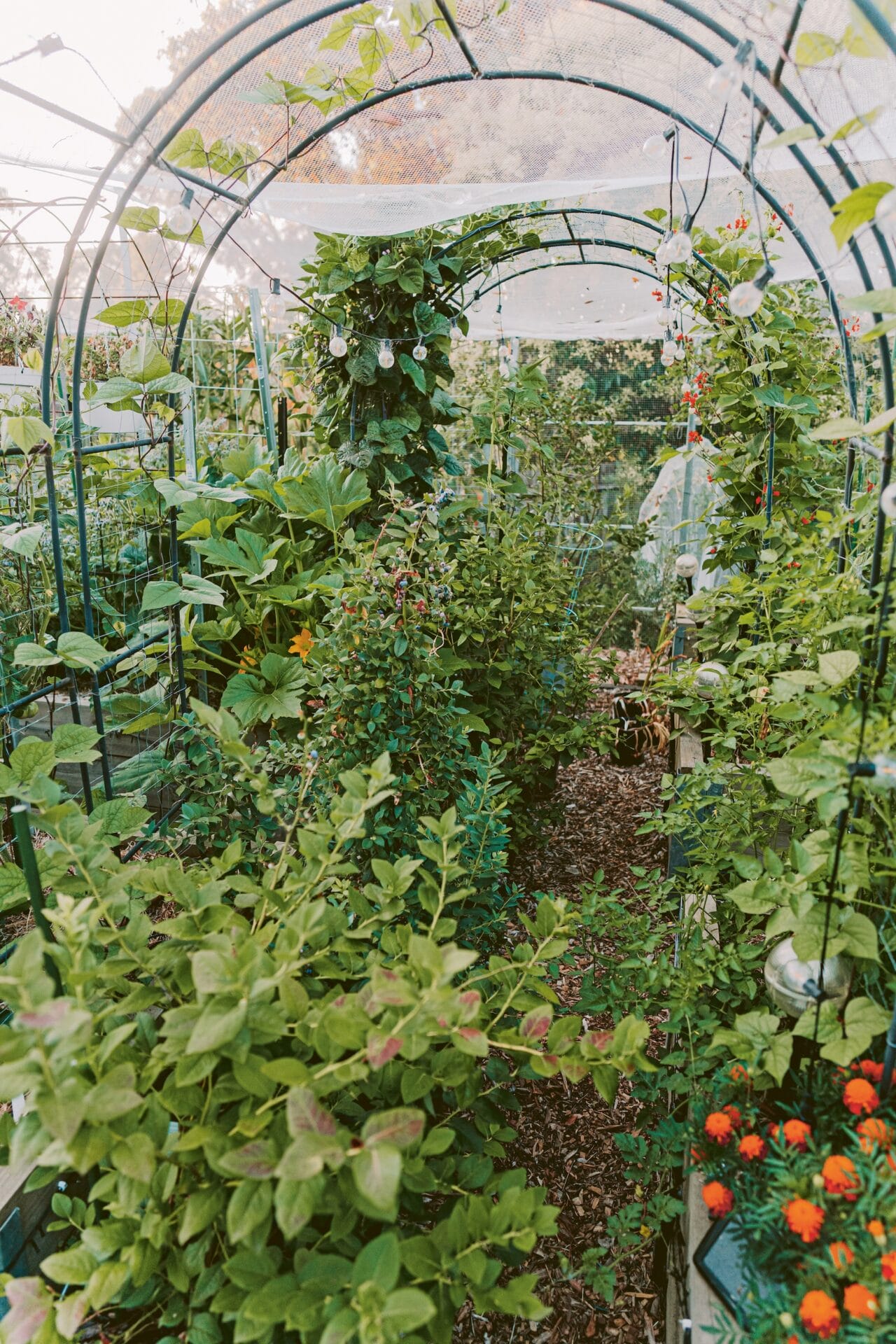
The ethics of permaculture
EARTH CARE reminds us of the importance of looking after our natural world, and to take part in ways that can rebuild and protect the environment. This ethic points to the value of growing food using organic practices, and protecting biodiversity.
PEOPLE CARE prompts us to nurture ourselves and the community, as healthy people and communities are more resilient. This ethic encourages us to garden for health and wellbeing, both for ourselves and for others.
FAIR SHARE inspires us to be conscious of the resources we use, and to look after and distribute surplus to provide for one another where we can. One of the simplest ways we can practise this ethic is to share our excess harvests with others.
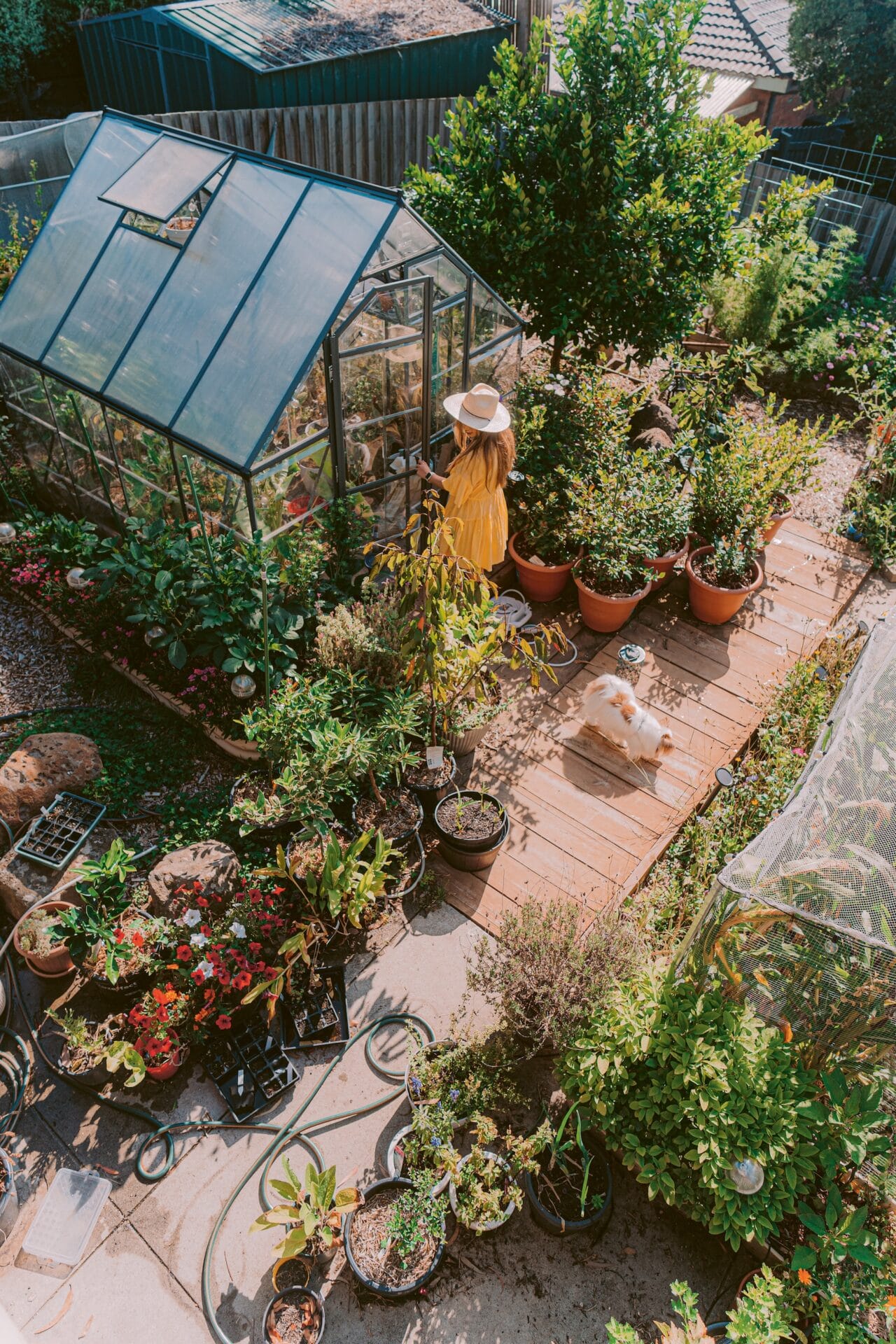
The principals of permaculture
These principles can be applied to homes, neighbourhoods and communities at large. Here, though, I have focused on the main gardening aspects of the permaculture principles.
Observe and interact
Take the time to slow down and connect with your garden space. Get a good feel for what happens in your garden throughout the year (for example, where sunlight falls and which animals visit), then use this information as a guide when you create your Asian veggie patch. I make suggestions related to this principle in the book, such as mapping out the sun’s movement across your garden, and experimenting with different planting locations.
Catch and store energy
Take advantage of abundant times by ensuring that useful things (such as solar power, rainwater and generational knowledge) are captured and stored to sustain you through the ebbs and flows of life. In a garden context, you can make the most of seasonal gifts through the simple art of preserving food by freezing, dehydrating, fermenting or bottling.
Obtain a yield
We’re all here to grow some deliciously good Asian veggies. This entire book is devoted to tips and tricks for making the most of your garden and turning it into a productive patch.
Apply self-regulation and accept feedback
The finite nature of valuable resources encourages us to live within our means. Reflect on this by keeping a garden diary. Take note of what you’re consuming when gardening, and think about ways to use what you already have on hand. Also, keep track of what did and did not work in the garden, so you can apply what you learn to future seasons.
Use and value renewable resources and services
There are many renewable resources out there that we can lean into. In the garden, compost piles turn kitchen and garden scraps – even cardboard boxes – into incredible organic matter for the soil. When it rains, catch the rainwater (either in a special tank or in a few strategically placed buckets) and use it on the garden instead of letting it flow away.
Produce no waste
There are so many resources in our homes and gardens that go to waste. Think circular (re-use) instead of linear (buy and discard) where you can. In this book, I’ll share ideas on how to make the most of the things we have, such as upcycling or repurposing common household items for use around the garden.
Design from patterns to details
If we look at the big picture first, then we can be guided by seasonal patterns, climates and even life stages. Tune in to your gardening patterns, such as how often you harvest certain things. Let these guide you through the specifics of planning where and when to grow certain plants, in order to create a more user-friendly garden.
Integrate rather than segregate
In nature, all things are intertwined. Plants don’t just exist on their own – they lean on each other for support. I love the idea of elements in the garden being connected to each other. You might plant a shade-loving herb under a fruit tree, which could also provide a cool spot for chickens in summer.
Use small and slow solutions
Treading gently is kinder to the environment, more sustainable and easier to maintain than swift solutions. The simple and unhurried practice of collecting your own seeds leads to stronger plants that are better adapted to your local climate.
Use and value diversity
Natural ecosystems brim with diversity above and below the soil, and so should our gardens. Throughout this book, you’ll find plenty of nods to companion plants, edible perennials and pollinator-friendly choices that will provide habitats for diverse wildlife in your garden.
Use edges and value the marginal
As an overly enthusiastic urban gardener, I’m always thinking of ways to fit in as many plants as possible. You can use the often overlooked spaces around your home, such as narrow walkways, concrete porches and vertical surfaces; as a bonus, these spots usually have special characteristics, such as a warm microclimate.
Creatively use and respond to change
Change is the only constant in life, but we can adapt in outside-of-the-box ways. Embrace change by doing your best to make the most of any given situation. Sometimes you’ll find that the solution is in the problem itself. For example, a boggy corner of your garden is the ideal place to grow water-loving plants.
—
‘Stacking functions’ – ensuring that every garden element serves multiple purposes – is a valuable permaculture design principle, especially when trying to make the most of a small space. For example, shark fin melon (a warm-season climbing vine) can be grown over a pergola to create shade in summer while it provides delicious food to eat.
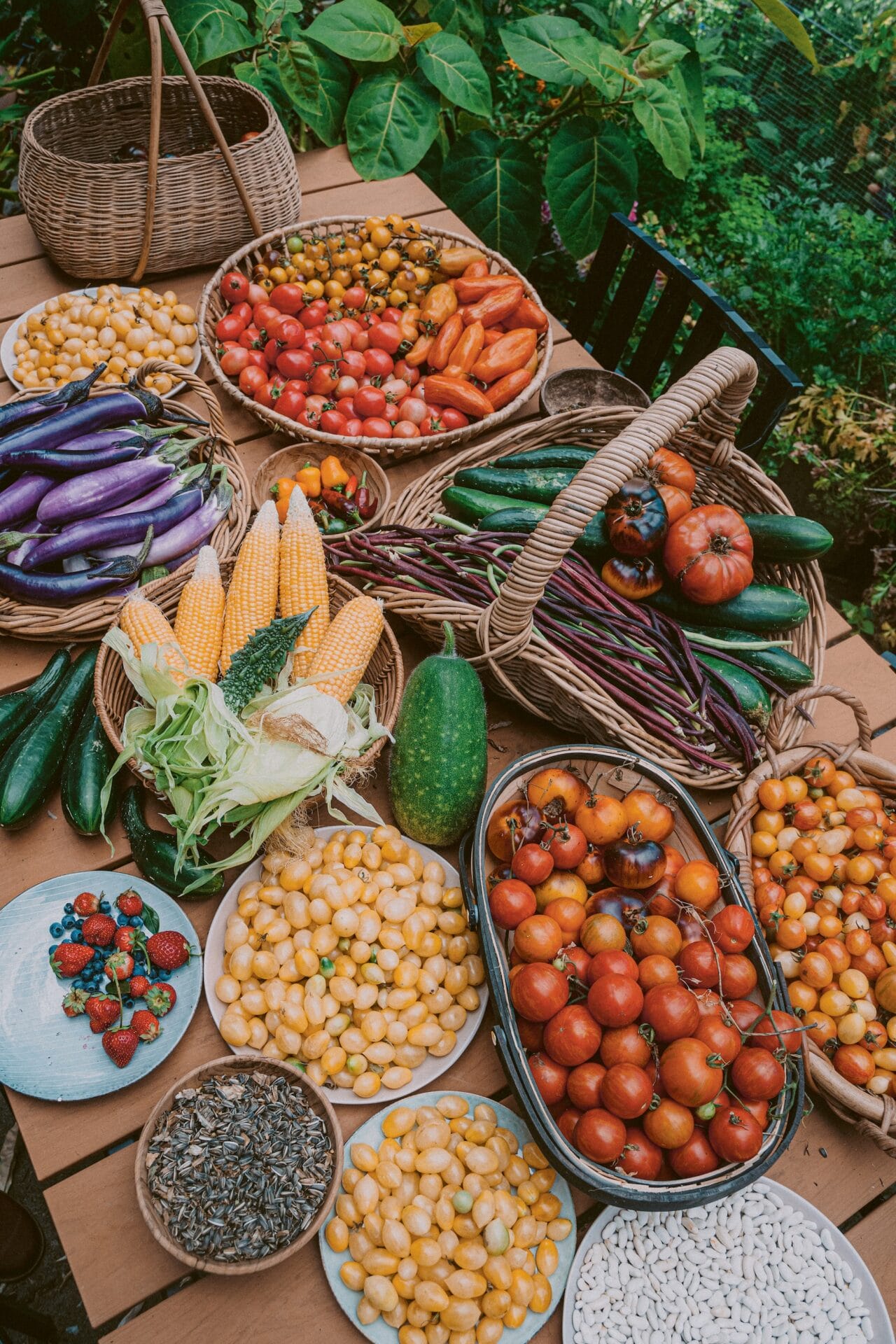
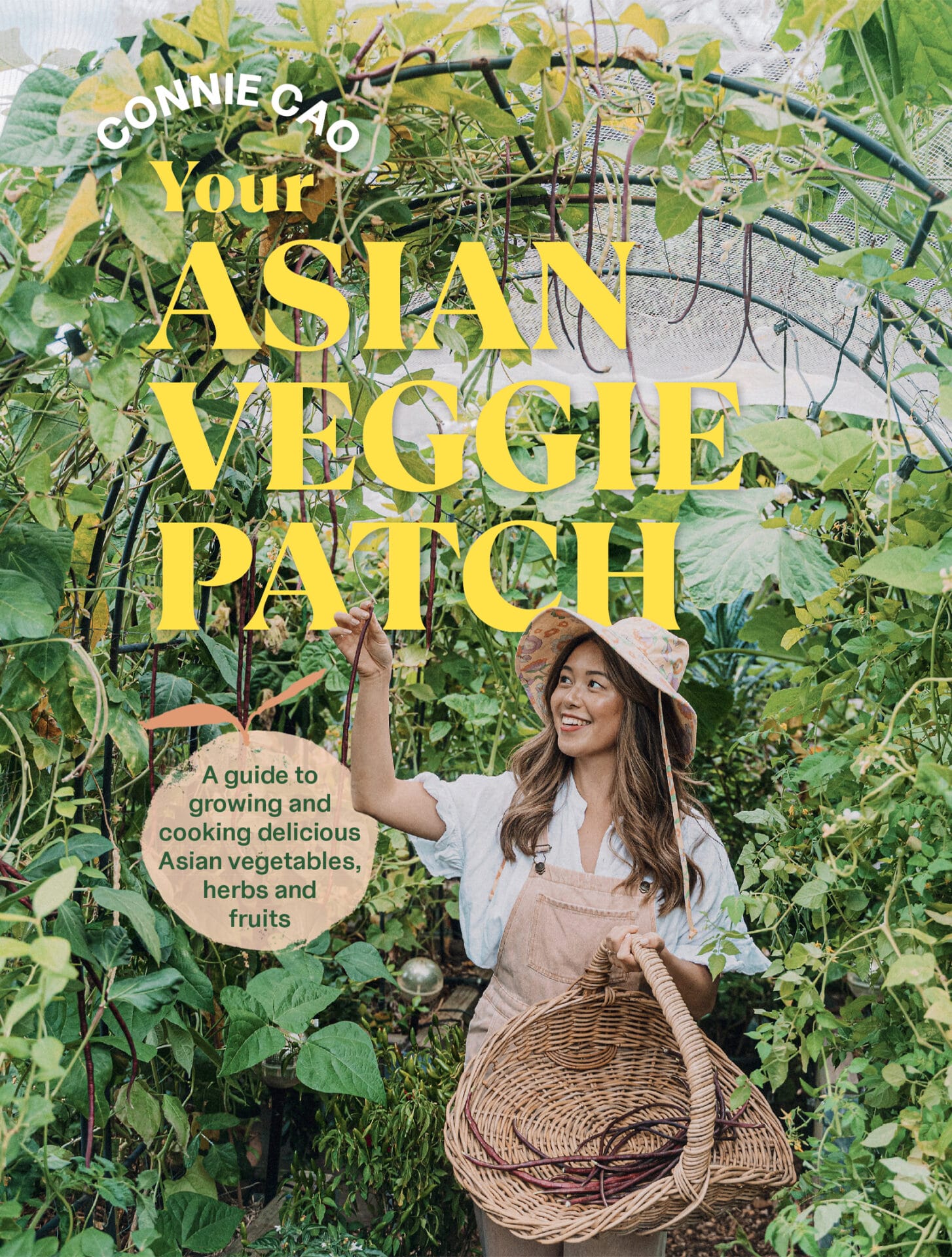
Your Asian Veggie Patch by Connie Cao
Images and text from Your Asian Veggie Patch by Connie Cao, photography by Connie Cao. Murdoch Books RRP $45.00.
Buy Now

